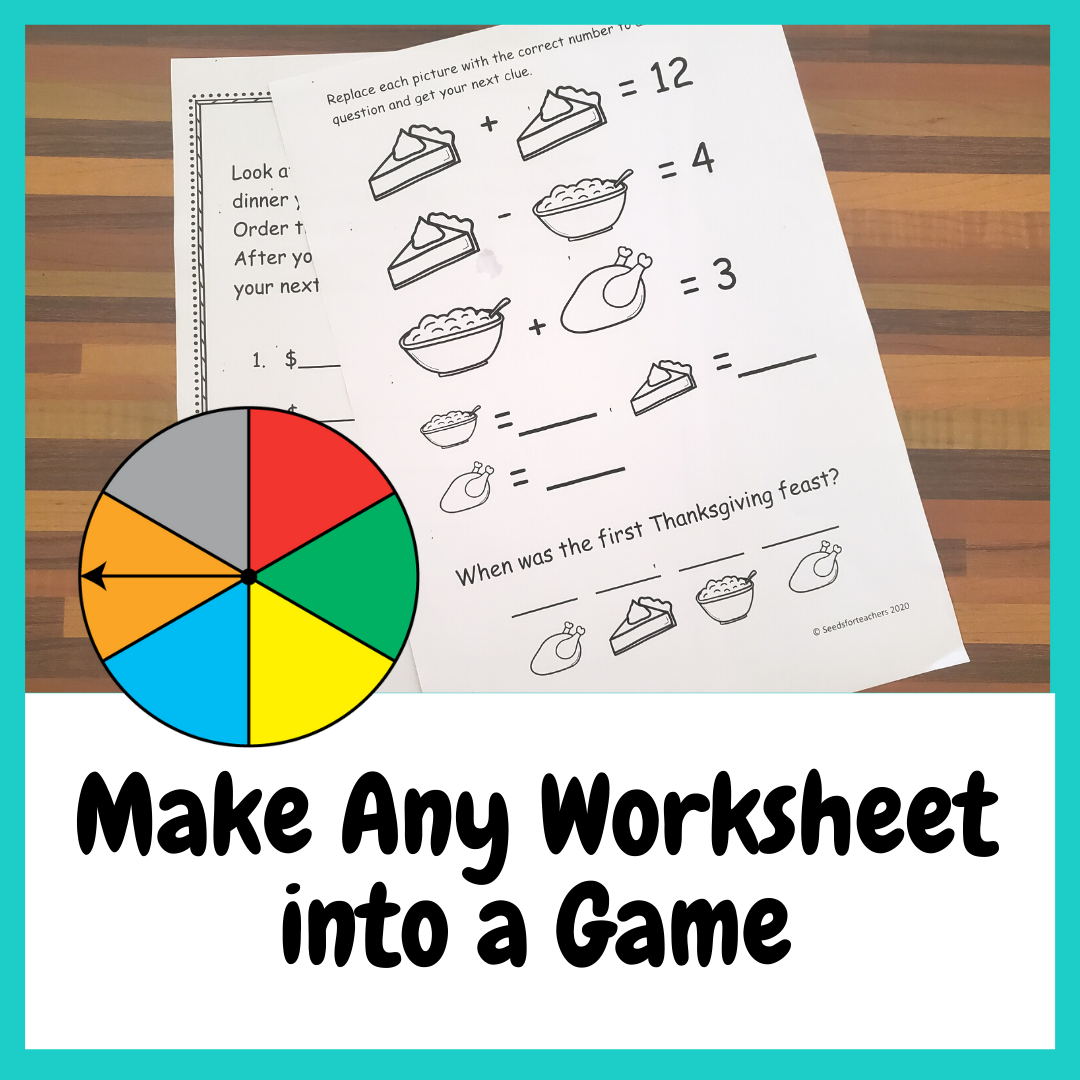We’ve all given those group assignments and at the end you know that one or two of the group members ended up doing all the work while the other 1 or 2 group members just messed around. Group work can be a great way for students to work together, learn to communicate and support each other in learning. However, this doesn’t happen on its own. As teachers we need to provide the right kind of support and structure to group work so that it can be effective. The best way I’ve seen to do this is to use group structures that give every member of the group a role. All members must participate and contribute. Below are four of my favorite group structures/games:
Everybody Knows/ (Numbered Heads Together)
Number students in a group either 1,2,3, or 4. Ask a question from the worksheet (you can also display it on the board) and each group works together to find the answer. Teams should ensure every person on the team understands the reasoning behind the answer. Next, the teacher randomly calls out a number between 1 and 4. The person on each team whose number was called writes his or her answer on an individual dry erase board (or sheet of paper). Team members can NOT help in any way, or they will lose a point. Tell students to hold up his or her board/paper and show the answer. Award and record points on the board for each team that got it correct. The team with the most points wins.
Jigsaw
Put students in small groups. Each group has a different topic or task to complete. Everyone in the group needs to make sure they understands the topic the group has researched or the task they have completed. Next, number the students in each group. Have all the 1s get together, the 2s get together etc. so that new groups are made. In their new groups, students will share with the others what topic or task their FIRST group completed.
Give One, Get One
Students divide a blank piece of paper in half. One side they label “Give One”, the other side they label “Get One”. Students get about 5-10 mins to fill up the “Give One” side of the paper with information they know about the topic. Next, have students move around the room and find a partner. They tell their partner one thing written on their “Give One” side of the paper and the partner writes this information on their “Get One” side of the paper. After sharing and recording, students go and find a new partner and share another piece of information.
Inside Outside Circle
Form one circle in the center of the room with students facing out toward the walls of the classroom. Next, form another circle outside the circle in the middle of the room. These students will stand infront of one person in the inside circle. Once everyone has a partner from the two circles that were created, pose a question for them to discuss. After discussing tell one circle to move a certain amount of spaces in a certain direction. For example you might say “inside circle move 3 places to the right.” The inside circle only will move and find a new partner 3 places to the right. Now, pose a new question for them to discuss or they can discuss the old question again with this new partner.
Other posts you might like:



